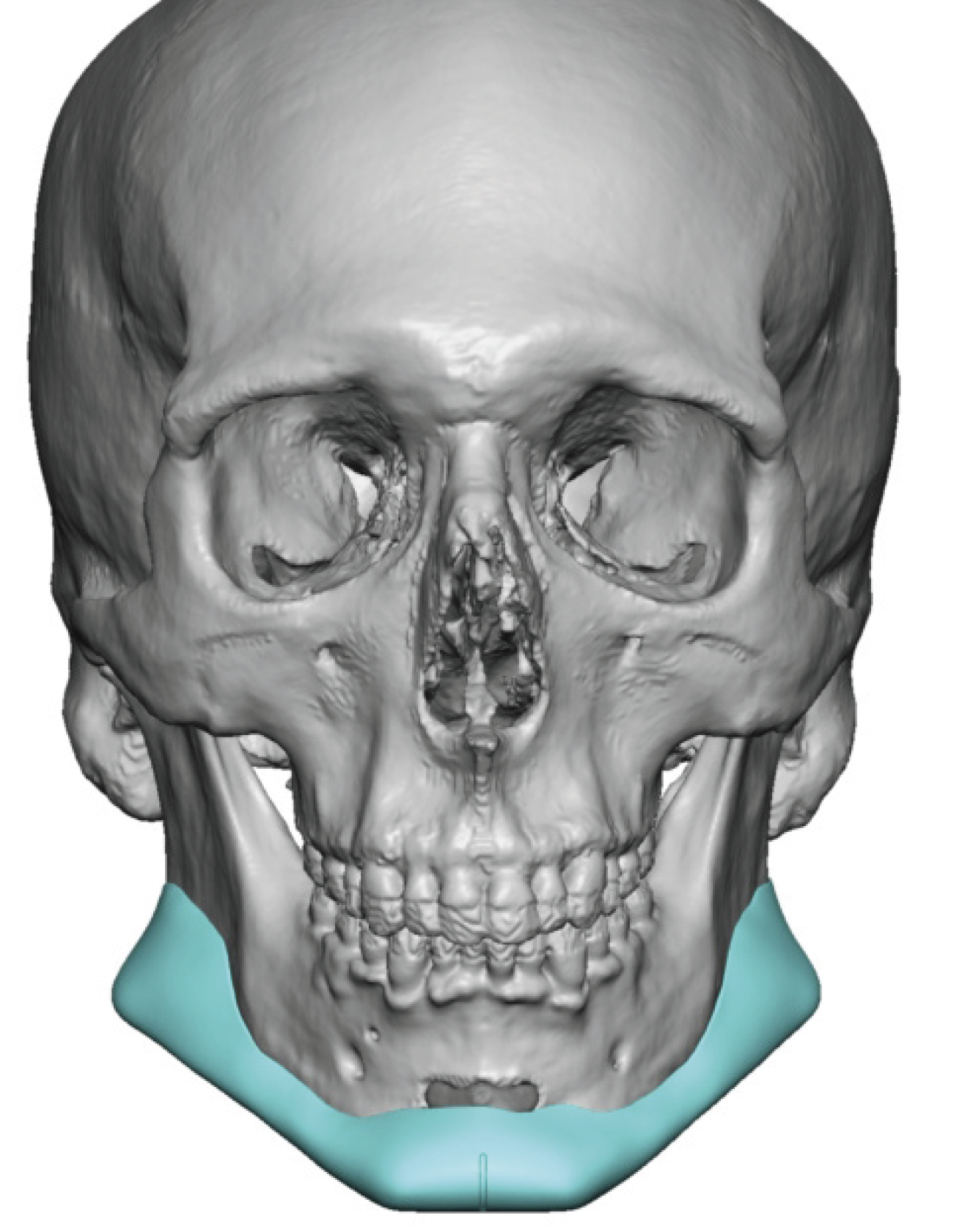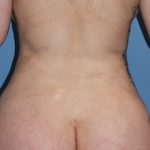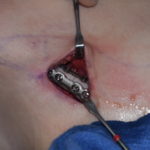In designing a custom jawline implant, one of the most critical areas to address is the jaw angle. As a paired and highly visible part of the lower face, the jaw angles have a major impact on aesthetic outcomes. For many patients—particularly men—the primary goal is to achieve strong, angular, and well-defined jaw angles that seamlessly connect to the chin.
Three Dimensions of Jaw Angle Design
The jaw angle portion of a custom jawline implant is shaped according to three primary parameters: width, vertical length, and shape (angularity).
-
Width is the most intuitive and straightforward to conceptualize. A key guideline is to avoid making the jaw angles as wide as the bizygomatic width—a vertical line dropped from the zygomatic arch—due to differences in overlying soft tissue. The ideal width is individualized based on the patient’s unique facial anatomy.
-
Vertical length, on the other hand, is a more complex decision. Many patients assume that increasing vertical height enhances jaw angle visibility and definition. However, this assumption must be tempered by insights derived from the patient’s 3D CT scan.
The Role of 3D CT Scans
While a 3D CT scan doesn’t prescribe exactly how an implant should be designed, it is invaluable for identifying what not to do.
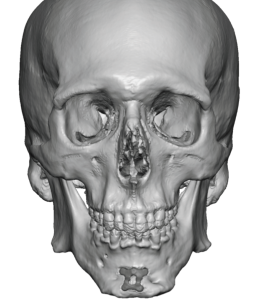
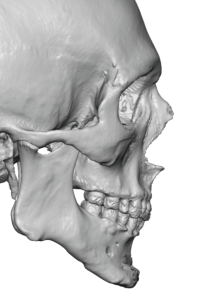
Strategic Implant Design for High-Risk Anatomy
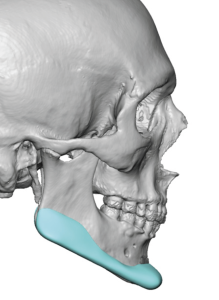
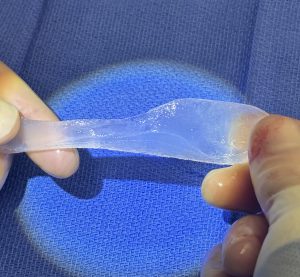
Final Thoughts
Bony indicators seen on a patient’s 3D CT scan offer critical guidance for designing both custom jaw angle implants and the jaw angle components of full jawline implants. When signs of strong muscular attachments and an antegonial notch are evident, vertical lengthening should be approached conservatively. Such a strategy balances aesthetic enhancement with long-term surgical success.
Dr. Barry Eppley
World-Renowned Plastic Surgeon

